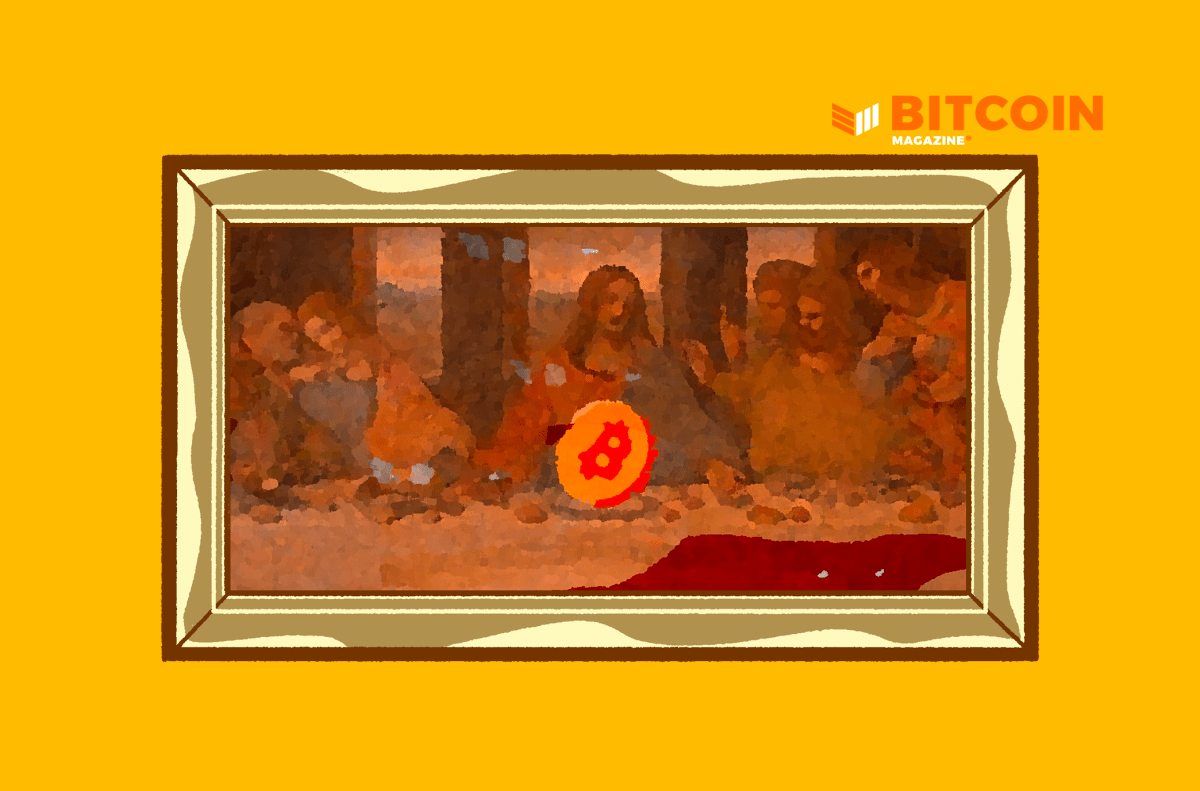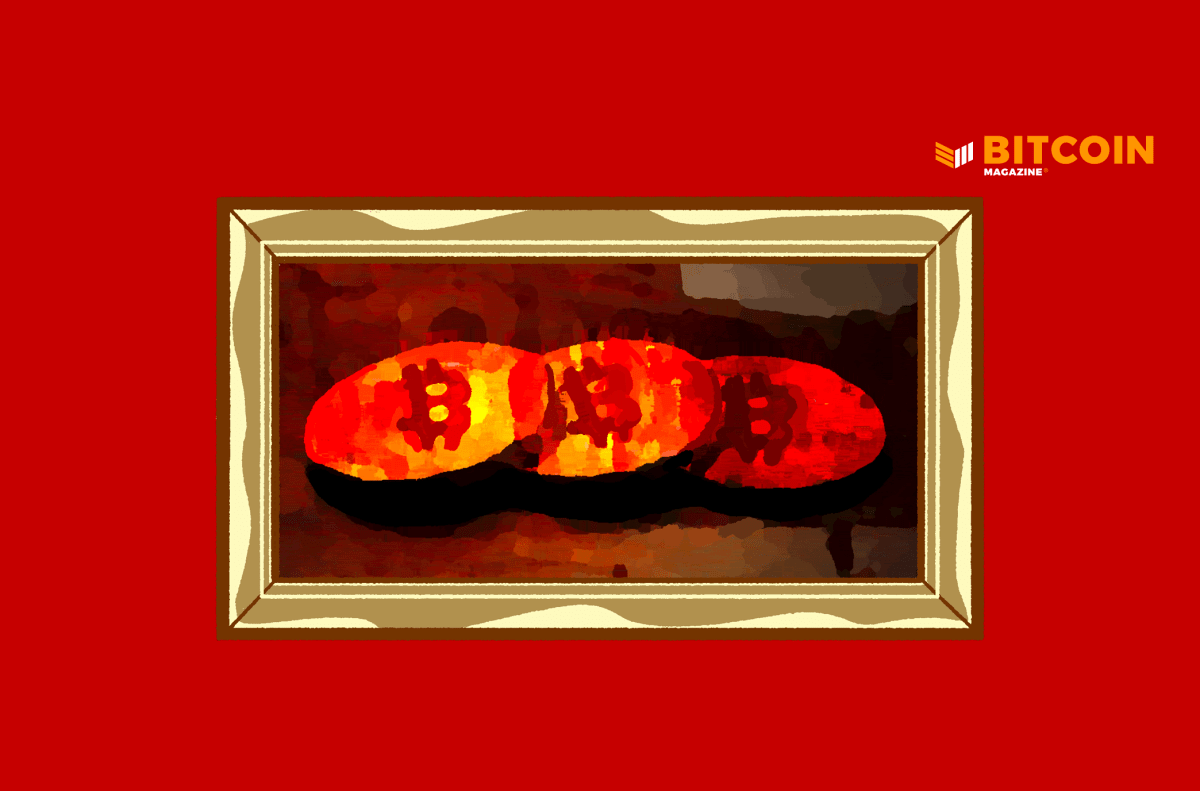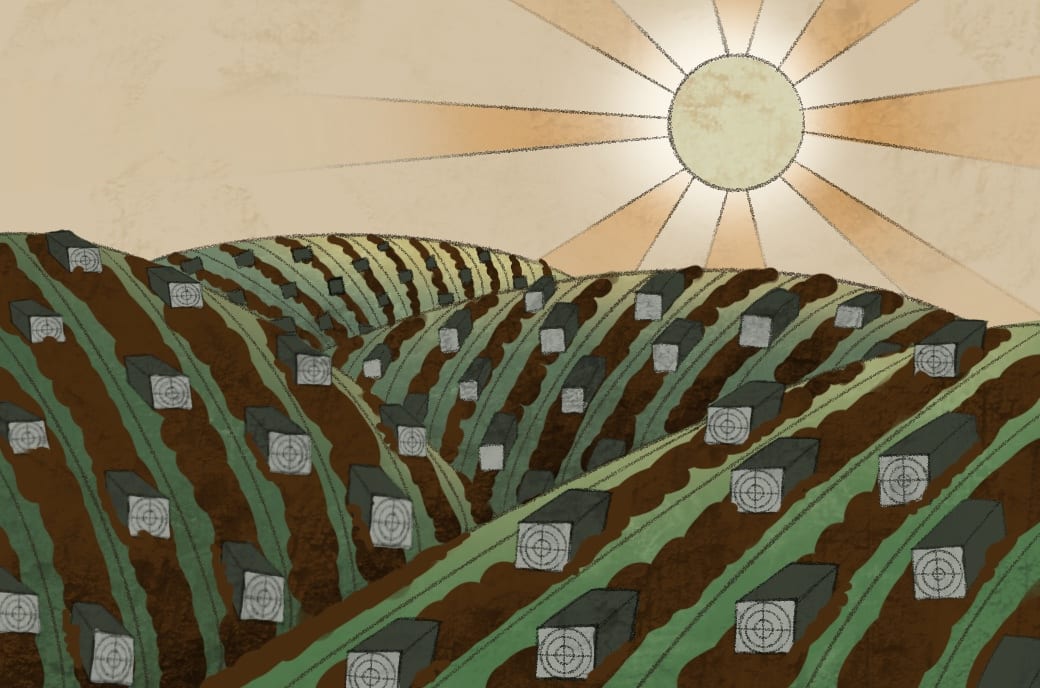
Bitcoin Is Venice: Soil And Yield
Damage to our soil and ongoing misguided environmentalism are symptomatic of fiat’s shortsightedness. Bitcoin offers a chance for Renaissance. Get the full book now in Bitcoin Magazine's store. This article is part of a series of adapted excerpts from “Bitcoin Is Venice” by Allen Farrington and Sacha Meyers, which is available for purchase on Bitcoin Magazine’s store now.You can find the other articles in the series here.“The first agricultural communities reached Europe’s doorstep in southern Bulgaria around 5300 BC. At first farmers grew wheat and barley in small fields surrounding a....
Related News
Like the Medicis of Renaissance Venice, those who embrace Bitcoin will be incentivized to create long-lasting impact.
In the foreword to “Bitcoin Is Venice,” human rights advocate Alex Gladstein explains that Bitcoin is the foundation of a brighter future.
What can Bitcoiners learn about agriculture, compassionate care of the soil and the food supply?
In the introduction to “Bitcoin Is Venice,” the authors outline the theory that voluntarily adopting Bitcoin will pave a prosperous path for the future.
The tech giant purchased 43,338 tonnes worth of soil carbon credits that are representative of carbon sequestration at ranches in New South Wales. Microsoft has employed blockchain technology to purchase soil carbon credits in Australia. In combination with Regen Network — built on the Cosmos (ATOM) blockchain — the CarbonPlus Grassland credits were initially issued to two ranches in New South Wales.The carbon credits are used as a measure of soil sequestration, which is the process of capturing atmospheric carbon dioxide and storing it in soil. This is achieved through Regen Network’s....





